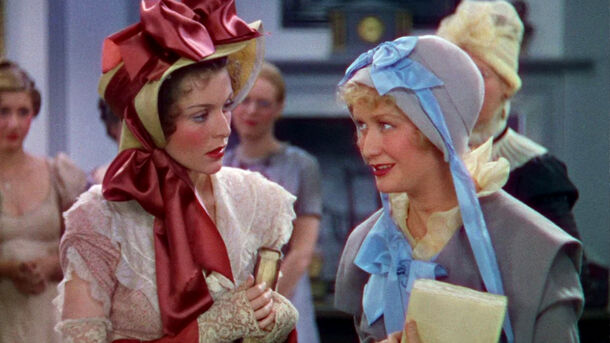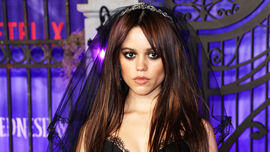'Becky Sharp' (1935): The First Full-Length Color Film Revolutionizing Cinema

Becky Sharp (1935), directed by Rouben Mamoulian, is recognized as the first feature-length color film in history.
This groundbreaking movie marked a significant milestone in cinematic technology, showcasing the potential of color filmmaking on a large scale. Unlike earlier experiments with color, which were often short or experimental, Becky Sharp was a full-length narrative that used the two-color Technicolor process, bringing vibrant hues to the screen and transforming visual storytelling.
The film is an adaptation of William Makepeace Thackeray’s novel Vanity Fair, and its use of color added depth and richness to the story’s characters and settings. The Technicolor process involved filming with two strips of film simultaneously, which required special cameras and lighting techniques. Despite its technical challenges, Becky Sharp demonstrated that color could be effectively integrated into mainstream cinema, enhancing the emotional impact and realism of films.
This innovation paved the way for future advancements in color filmmaking, eventually leading to the widespread adoption of three-color Technicolor and modern digital color processes. Becky Sharp remains a pioneering work that showed how color could elevate storytelling and visual appeal in movies. Its success helped usher in a new era where vibrant visuals became an essential part of cinematic art.
